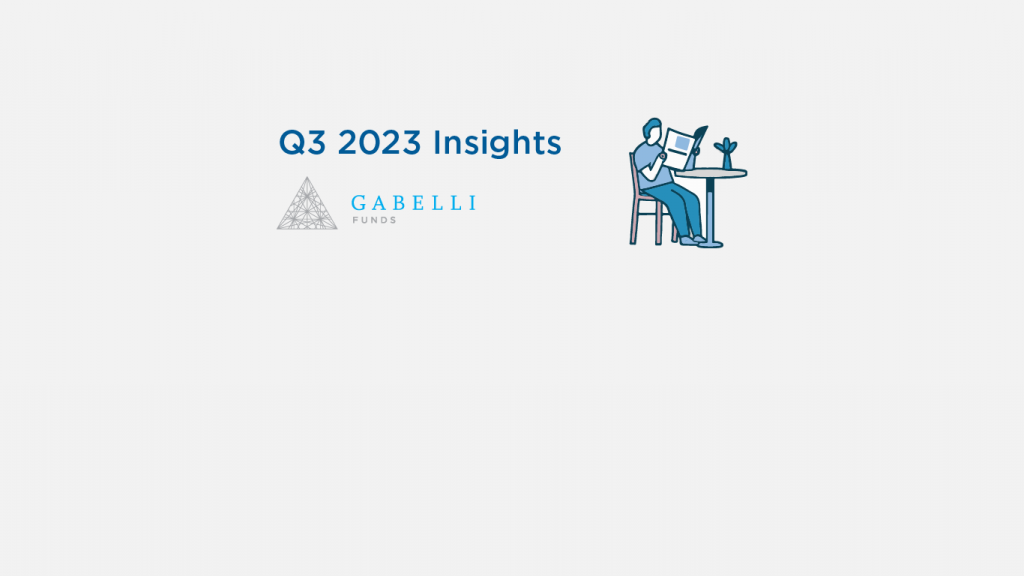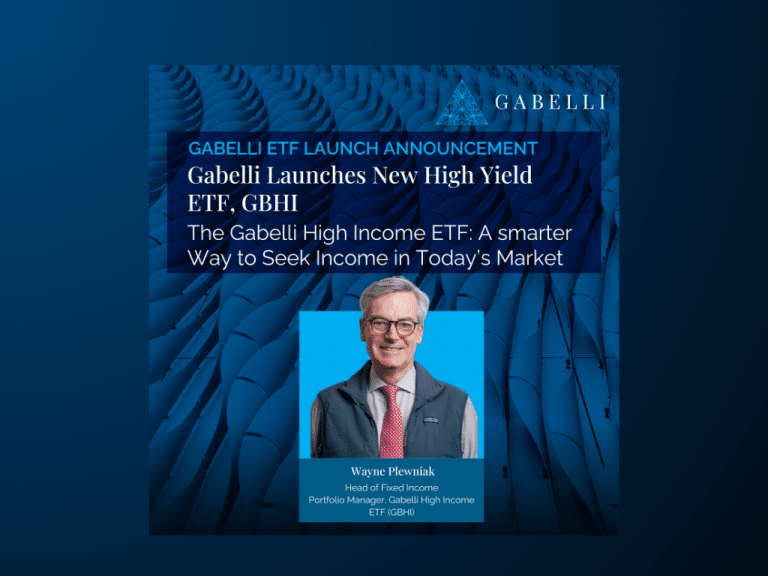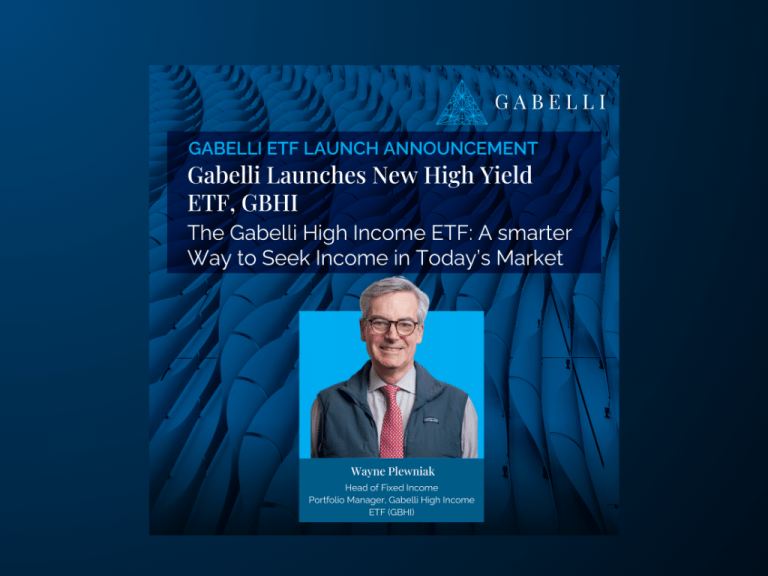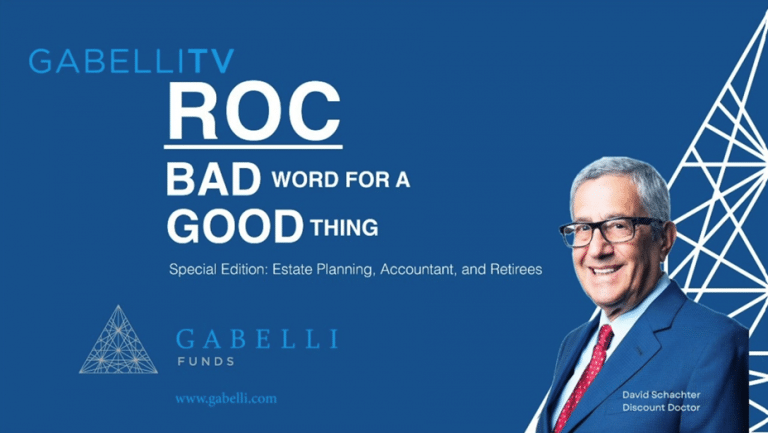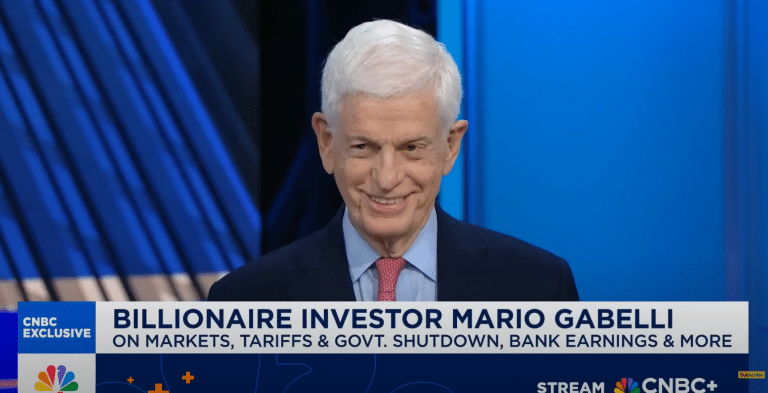Between Risks and Resilience: A Balanced Perspective on the Current State of Financial Markets
Markets declined during the third quarter, with the S&P 500 falling just over 3%, including an almost 5% decline in September, as investors worried about rising U.S. Treasury yields, a slowing economy, and a possible resurgence in inflation. While the S&P is still up 13% year to date, nearly all the return (11%) has been driven by the so-called “Magnificent Seven” (NVIDIA, Apple, Microsoft, Meta, Amazon, Tesla, and Alphabet) amid enthusiasm for the prospects for Artificial Intelligence, with mega-cap tech stocks being the main perceived beneficiaries.
Stocks now have more competition: 10-year U.S. Treasury yields reached 4.6% at the end of the quarter, up from 3.9% at the beginning of the year, and six month T-Bills yielded 5.5%. Yields on both have climbed further since quarter end. These returns for risk-free assets make stocks less appealing in the short term as an investment option.
Inflation has declined significantly since the peak of 9.1% last June, but it is starting to creep back up. August 2023 CPI was +3.7% and has increased for two straight months since it bottomed at +3% in June, and “core” inflation (less food and energy) was +4.3%, still well above the Fed’s 2% target. Of course, food and energy are real expenses borne by consumers, and inputs for both have been increasing in many months, in particular gasoline prices, which have risen over 20% since the beginning of the year. This dynamic not only puts pressure on the Fed to hold interest rates high or even pursue further hikes, but also affects the economy, as consumers have less available funds for discretionary spending. Wages have also been steadily increasing, and likely will continue to do so as unions renegotiate their contracts. Additionally, housing affordability is at an all-time low, driven by mortgage rates of well over 7%, and student loan repayments are set to resume in October after being paused since March 2020. Finally, the U.S. dollar strengthened considerably in the quarter, lowering the value of overseas profits for U.S.-based multinationals.
While this is not a pretty picture for financial markets, there are positives. The unemployment rate continues to sit near an all-time low at 3.8%, and the U.S. consumer has been remarkably resilient. Demand for experiences such as live sporting events and concerts remains robust. Consumer branded goods companies in attractive categories have demonstrated significant pricing power to offset inflation, and are increasing spending on advertising in order to spur volume growth for new products. Political advertising should be as strong as ever in 2024. Long-term tailwinds for aerospace and defense companies are still intact. Finally, the challenging macro backdrop has created opportunities in the market: the S&P trades at just over 18x expected next twelve months’ earnings, slightly below the average over the last five years but, excluding the Magnificent 7, the benchmark multiple is under 16x. Small cap stocks are even cheaper, with the Russell 2000 Value trading at just over 14x expected next twelve months’ earnings.
Merger & acquisition activity totaled $2 trillion in the first nine months of 2023, the lowest level in a decade. However, M&A activity in the third quarter was actually up 16% from the second quarter, showing that deal activity may be at or near the bottom. Financial engineering continues to be used to surface value, including a split-off of Atlanta Braves Holdings from Liberty Media and the spin-offs of payments business Crane NXT from aerospace supplier Crane earlier this year and Sphere (which opened with headliner U2 to much fanfare in Las Vegas at the end of September) from MSG Entertainment.
As value oriented stock pickers, we continue to seek franchise businesses with barriers to entry, pricing power, recurring revenue and large free cash flow generation that can successfully navigate any macro environment. Many of our holdings trade at significant discounts to Private Market Value, and could be attractive to financial or strategic buyers. We seek to use the volatility provided by Mr. Market to increase our stakes in great companies at attractive prices.
– Christopher J. Marangi & Kevin V. Dreyer
